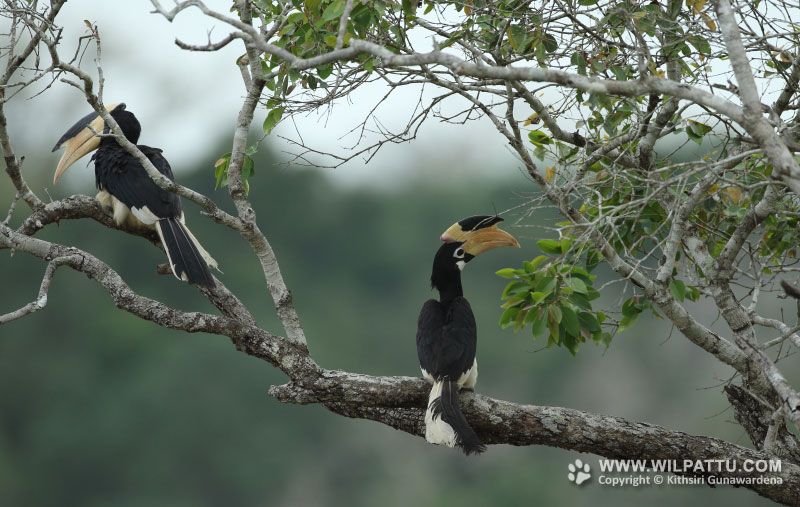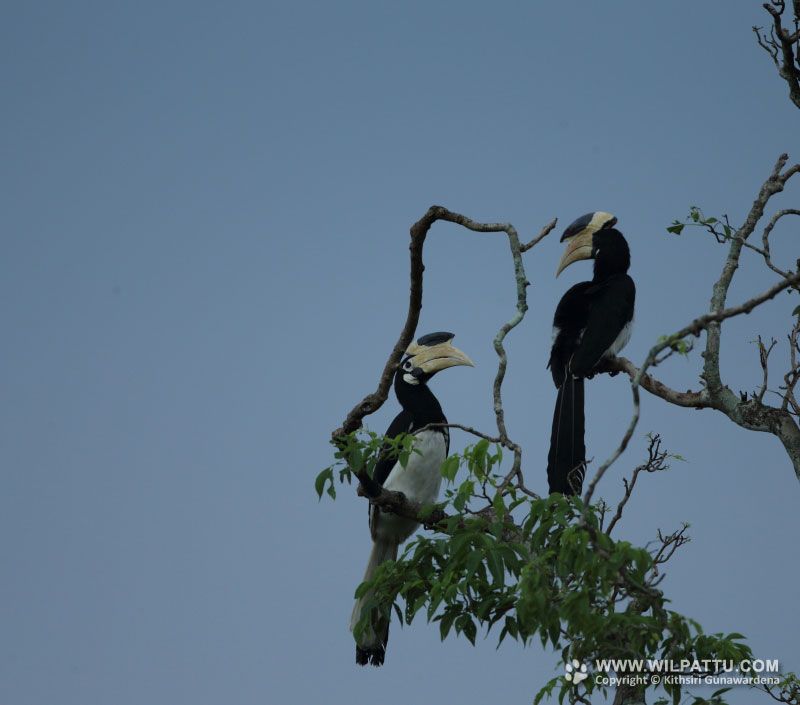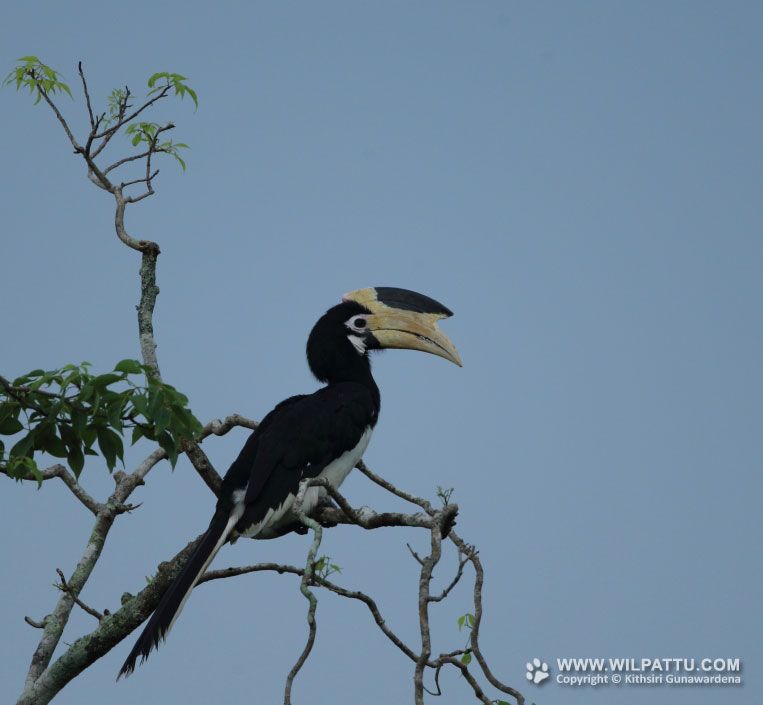
Birds ‹‹ Go Back
This impressive bird is a resident breeding species that is found in the dry lowlands up to the mid hills. It is native to tropical and subtropical Asia and is found from India to Borneo.
The conservation status of the species under reference is regarded as Least Concerned (National Red List 2012).
This is a species protected under the Fauna and Flora Protection Ordinance as amended by Act No. 22 of 2009.
I have seen this species in all the dry zone national parks, forests outside protected areas and plantations (coconut & rubber) adjoining forests in the dry lowlands. I have never seen it in Mannar or in the Jaffna Peninsula. The highest altitude at which I have seen this species is at Koslanda at 736 meters above sea level. Other than in the typical dry zone forests, I have also seen them at Badalkumbura, Randenigala, Pallebadda and Arankele. These birds have an interesting nesting behaviour. During incubation, the female enters a chosen tree hole to lay her eggs. The male then blocks the entrance with a cement made of mud, droppings and fruit pulp. A small opening is left for the male to deliver food to the female and the chicks. When the chicks have grown too large for the mother to be inside the tree hole, she breaks the cement with her beak and immediately upon coming out, goes about rebuilding the broken wall. Thereafter both parents will feed the chicks until it is time for them to break the wall and leave the nest.
The characteristic flight and the calls of these birds are quite unmistakable. I have often seen them perch on leafless dead trees and occasionally on the ground enjoying a good dust bath. These birds primarily feed on fruits but I have seen them feed on snakes and lizards as well. When Katupila’ bushes are in fruit, these birds will come down to these low bushes to gorge on the white fruits. In Wilpattu I have observed them feeding on Madan, Palu and Weera as well.
Malabar Pied Hornbills are a common species at Wilpattu and their noisy screams can be heard at most localities. One place where they congregate at dusk is at Manikkapola Uttu where sometimes up to 30 birds can be seen clumsily hopping on the branches of the trees close to the bungalow.



